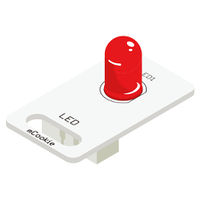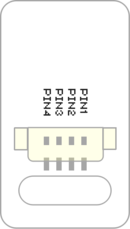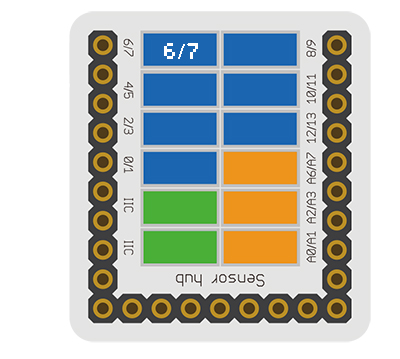Sensor-LED
From Microduino Wiki
| Language: | English • 中文 |
|---|
|
The product number of mCookie Sensor—LED: MSDL11 The LED controlled by GPIO directly has three color types: red, green, and yellow.
Contents[hide]Introduction of the Sensor Pin
Features
Specification
Document
UsageBasic FunctionalityThe LED Trinket is a simple trinket which emits light when passed with a sufficient voltage. A Core module can supply voltage to the LED Trinket.
ProgrammingIntroductionThe LED Trinket is used as a simple output pin. Therefore, the pinMode and digitalWrite functions will be used. Key Functions
ExampleThis is a simple example which turns on and off the LED at 1 second intervals. Note: Important lines of code are highlighted. //Define the pin the sensor is connected to
const int LED_PIN = 6;
void setup() {
// put your setup code here, to run once:
//Initial serial communication port at 9600 baud
Serial.begin(9600);
//Configure the pin into output mode
pinMode(LED_PIN, OUTPUT);
}
void loop() {
// put your main code here, to run repeatedly:
//Perform a digitalWrite with HIGH to turn on the LED
digitalWrite(LED_PIN, HIGH);
//Delay 1 second
delay(1000);
//Perform a digitalWrite with LOW to turn off the LED
digitalWrite(LED_PIN, LOW);
//Delay 1 second
delay(1000);
}Copy and paste the code above to the Arduino IDE or Download the above example: n/a Program Download
Programming
Hardware Setup
Result
Application
ProjectsPurchaseHistoryGallery
|


